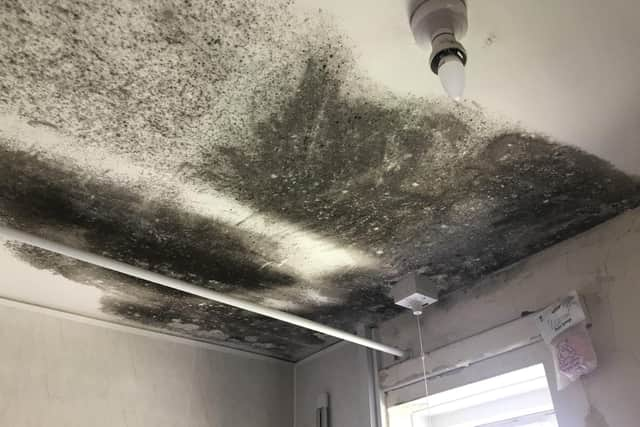The energy crisis: the hidden costs you may have overlooked
and live on Freeview channel 276
An online survey of 1,049 UK adults aged 16 to 75, conducted by Ipsos for the University of Birmingham, has revealed that many Britons plan to take measures to reduce their household energy bills in the next three months.
Nearly 81 per cent say they will “definitely or probably” leave the heating on for less time than usual and 77 per cent will turn the heating thermostat down lower than they usually would, while 41 per cent say they will turn their heating off completely.
Advertisement
Hide AdAdvertisement
Hide AdWith arctic temperatures now upon us, decisions will need to be made by homeowners across the country, especially the elderly and those who are already living in fuel poverty.


And RTC, which is a multi-award winner in the building preservation industry and a leading North West property care specialists, says there are hidden costs of the energy crisis too.
With properties not being adequately heated during the winter, the increased risk of damp and mould is almost inevitable, as sustained warm temperatures in properties will not be maintained, and homes will naturally be colder. This damp and mould will affect walls, ceilings, bedding, clothes, furniture and carpets, as well as producing musty smells and damp conditions.
Adequate heating and ventilation in domestic properties is the main prevention of problems associated with condensation and mould growth and, one without the other, will normally not be sufficient in preventing them from becoming an issue.
Advertisement
Hide AdAdvertisement
Hide AdWhile this might not seem important, especially compared to the financial implications of the energy crisis and the cost of living, properties will suffer and start to deteriorate. Furthermore, the risk to health that damp conditions can cause should not be ignored, especially with the very young, old and vulnerable.Moulds are caused by too much moisture in a building and they emit spores which can cause a variety of health effects. Some people are particularly sensitive to them, such as babies and young children, the elderly and those with allergies or asthma.
For those with allergies, breathing in or touching mould spores can cause severe reactions, including asthma attacks, fever and shortness of breath, while for others, mould can bring on a runny nose, red or itchy eyes and irritated skin.
So what can we all do? An RTC spokesperson said: “Fortunately, it isn’t all doom and gloom, as there are simple things we can all do to help improve internal conditions and keep the damp and mould at bay.
“Try keeping your heating on longer at a lower temperature. A modest but constant background heat is preferable to intermittent heating, as this will help to maintain a higher ambient temperature in the fabric of the building (and it’s more cost effective).
Advertisement
Hide AdAdvertisement
Hide Ad2Open all window trickle vents throughout the property, if you have them.
“Regularly open the windows (on latch) to provide background ventilation and to prevent the build up of moisture, especially in kitchens and bathrooms (opening them too wide will just let cold air in).
